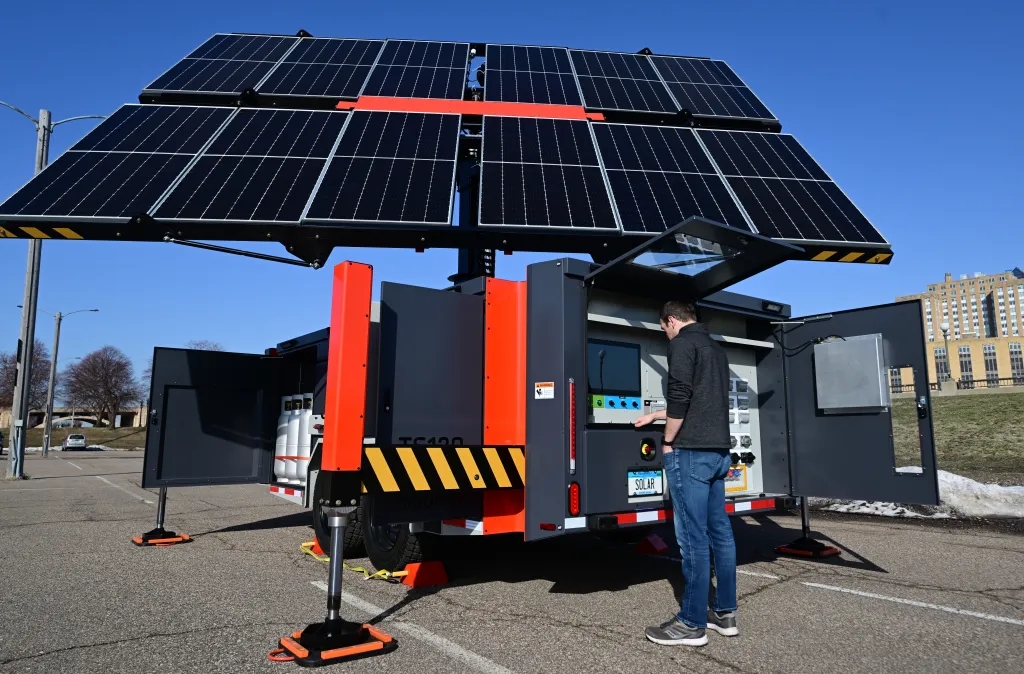As renewable energy solutions gain momentum, solar generators stand out as versatile power sources combining sustainability with practicality.

How Solar Generators Function
These systems operate through photovoltaic panels that convert sunlight into electrical energy. The process involves three key components: solar panels absorb light, a charge controller manages energy flow, and batteries store excess power for later use. This creates a continuous supply of clean electricity without fuel consumption.
Key Advantages
Unlike traditional generators, solar versions produce no emissions or noise pollution. They require little maintenance beyond occasional cleaning and provide reliable power during outages. Their portability makes them excellent for remote locations while reducing long-term energy costs.
Practical Uses
From weekend camping trips to emergency home backup, solar generators adapt to diverse situations. They efficiently power devices like phones, laptops, and LED lights, while larger models can run refrigerators or medical equipment. Off-grid cabins and outdoor events frequently utilize these sustainable power sources.
Selecting Your System
Consider your typical energy needs when choosing a solar generator. Battery capacity determines how long devices can run, while wattage ratings indicate what appliances are supported. Compact models suit mobile use, whereas higher-output units work better for home backup. Durable construction and multiple charging options (solar/USB/AC) add versatility.
Final Considerations
Solar generators bridge the gap between environmental responsibility and modern power needs. As technology improves, these systems become more efficient and accessible. Whether for recreation, preparedness, or daily use, they offer a smart way to harness the sun's endless energy.
